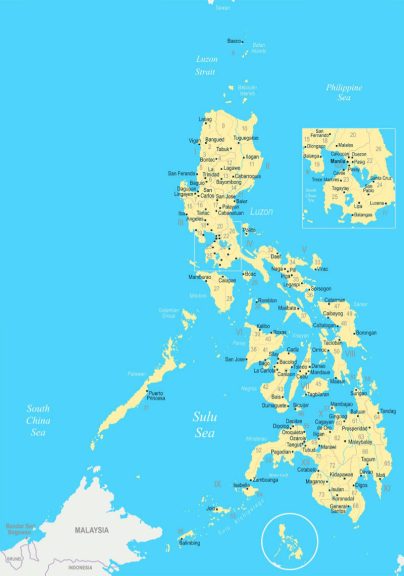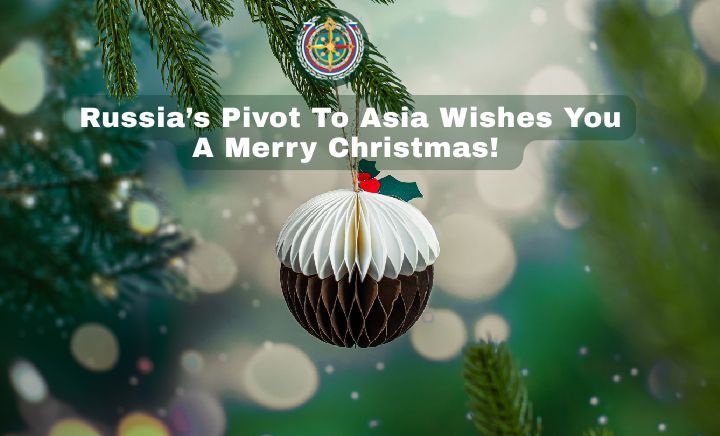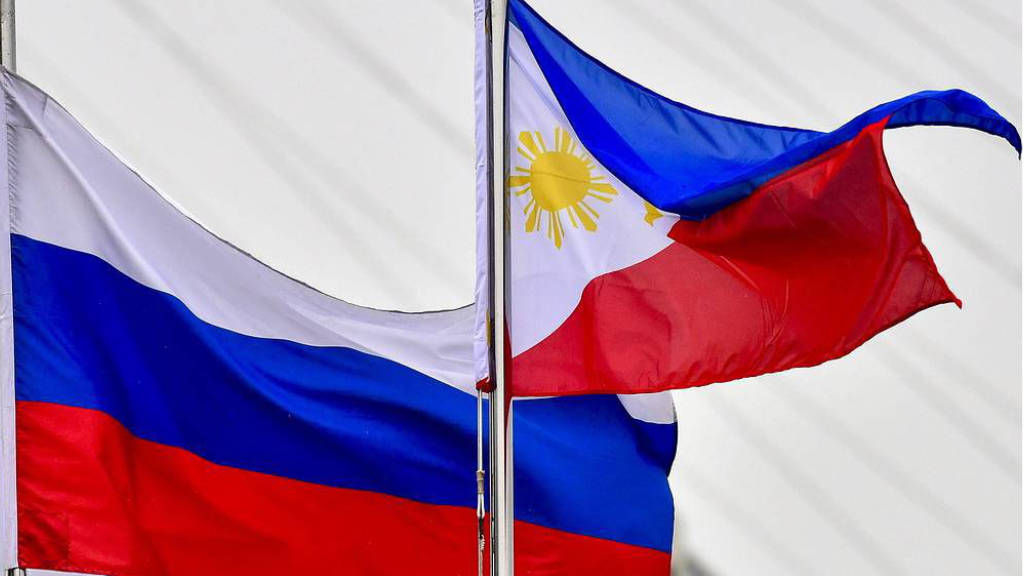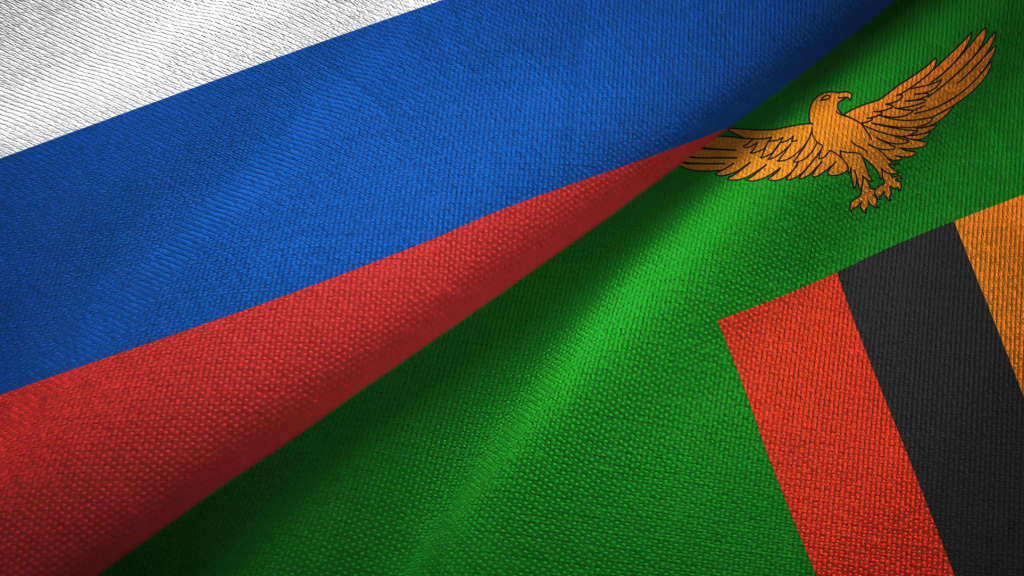Russia’s Agroexport has been holdings meetings in Manila with the Philippines Association of Millers and Feed Manufacturers (PAMFI), the Bureau of Crop Production and Marketing, and leading Philippine companies that import and process grain. The meetings were attended by Agroexport CEO Ilya Ilyushin, Chairman of the Board of Directors of the BIO-TON agricultural corporation, member of the board of the Union of Grain Exporters and Producers Eduard Zernin, Russian trade representative in the Republic of the Philippines Artem Tsinamdzgvishvili, and representative of the Russian Ministry of Agriculture in the Republic of the Philippines Alexander Syrtsev.
At these discussions, the Russian delegation spoke about the current state of Russia’s grain complex and its export potential, principles of working with foreign buyers, phytosanitary control, storage infrastructure and logistics. Issues related to insurance and payments were discussed in detail. The parties considered the possibility of expanding contacts, including through exhibitions and industry events.
The Philippines is one of the largest grain importers in Southeast Asia. According to ITC Trade Map, in 2024, the country purchased more than 13.5 million tonnes of grain on foreign markets, including almost 6.8 million tonnes of wheat. Between 2018 and 2020, Russia actively exported wheat to the Philippines, but during the COVID-19 pandemic, deliveries were suspended due to disruptions in the logistics chain. Russia is now looking to reinvigorate these supplies.
Ilyushin said that “Wheat is one of the top three products imported by the Philippines. Russia, in turn, is the leader in wheat supplies to the world market. We are ready to provide the growing population of the Philippines with high-quality wheat at competitive prices and become a reliable partner for the long term”.
Meetings were also held with the leadership of the Philippine Association of Meat Processors (PAMPI). This association, unites producers of processed meat products and related suppliers. In the spring of 2025, the Philippine market was opened to supplies of beef and cattle by-products from Russia, as well as animal feed. The two parties discussed the Philippines consumer market for meat products and the capabilities of Russian exporters.

The Philippines is a member of ASEAN and also a signatory to the Regional Comprehensive Economic Partnership (RCEP), which also includes Australia, China, Japan, South Korea, and New Zealand. Trade in goods and services, investment, intellectual property, e-commerce, competition, small and medium-sized businesses, and government procurement are all covered by the RCEP agreement.
The Philippines has a population of slightly over 109 million. It has a GDP (PPP) of US$1.4 trillion, a GDP per capita (PPP) of US$12,191, and an anticipated 2025 GDP growth according to the World Bank will be approximately 5.3%.
Bilateral trade amounted to $1.16 billion in 2021 and has since declined slightly, mainly because the Philippines is discouraged from developing trade with Russia by the United States, with which Manila maintains good relations, especially with regard to alleged maritime security threats from China. The new president who replaced Duterte in 2022, the pro-American Ferdinand Marcos Jr., shifted the Philippines’ foreign policy towards the United States during his tenure, moving away from Manila’s emerging warming relations with both Moscow and Beijing. Russia-Philippines bilateral trade during 2024 is believed to have reached about US$600-700 million.
That said, in October 2023, the two countries convened the 3rd Joint Commission on Trade and Economic Cooperation (JCTEC) and focused on strengthening cooperation in key sectors such as mining, automotive, pharmaceuticals, and agriculture.
Tourism has traditionally been a strong area of cooperation between the two countries: in 2006, the Philippines and Russia signed a tourism agreement, and since 2013, Russian citizens have been able to visit the Philippines without a visa for up to 30 days. At the same time, Philippine tour operators are currently interested not only in developing tourist flows from Russia to the Philippines, but also in the opposite direction. In the spring of 2024, direct regular flights from Irkutsk to Manila were launched.
Since 2017, Russia’s non-energy exports to the Philippines have been growing: in 2021, oil accounted for only about 6% of total exports. In the same year, food supplies from Russia increased more than eightfold compared to 2016, reaching a peak in 2018 (more than 26% of total exports). However, raw materials continue to dominate Russia’s exports to the Philippines, although the share of the non-raw materials sector is gradually increasing.
Until 2022, the lion’s share of Philippines exports to Russia (more than 80%) was accounted for by electronic industry products with the country among the top ten largest exporters of microelectronics and semiconductors to Russia.
In May 2023, companies receiving electronic products were subject to sanctions by the US Department of the Treasury for participating in the supply chain of the Russian defence industry. Currently, the Philippines mainly exports agricultural products, in particular exotic fruits: mangoes, bananas, pineapples, as well as coffee and coconut oil.
Further Reading







